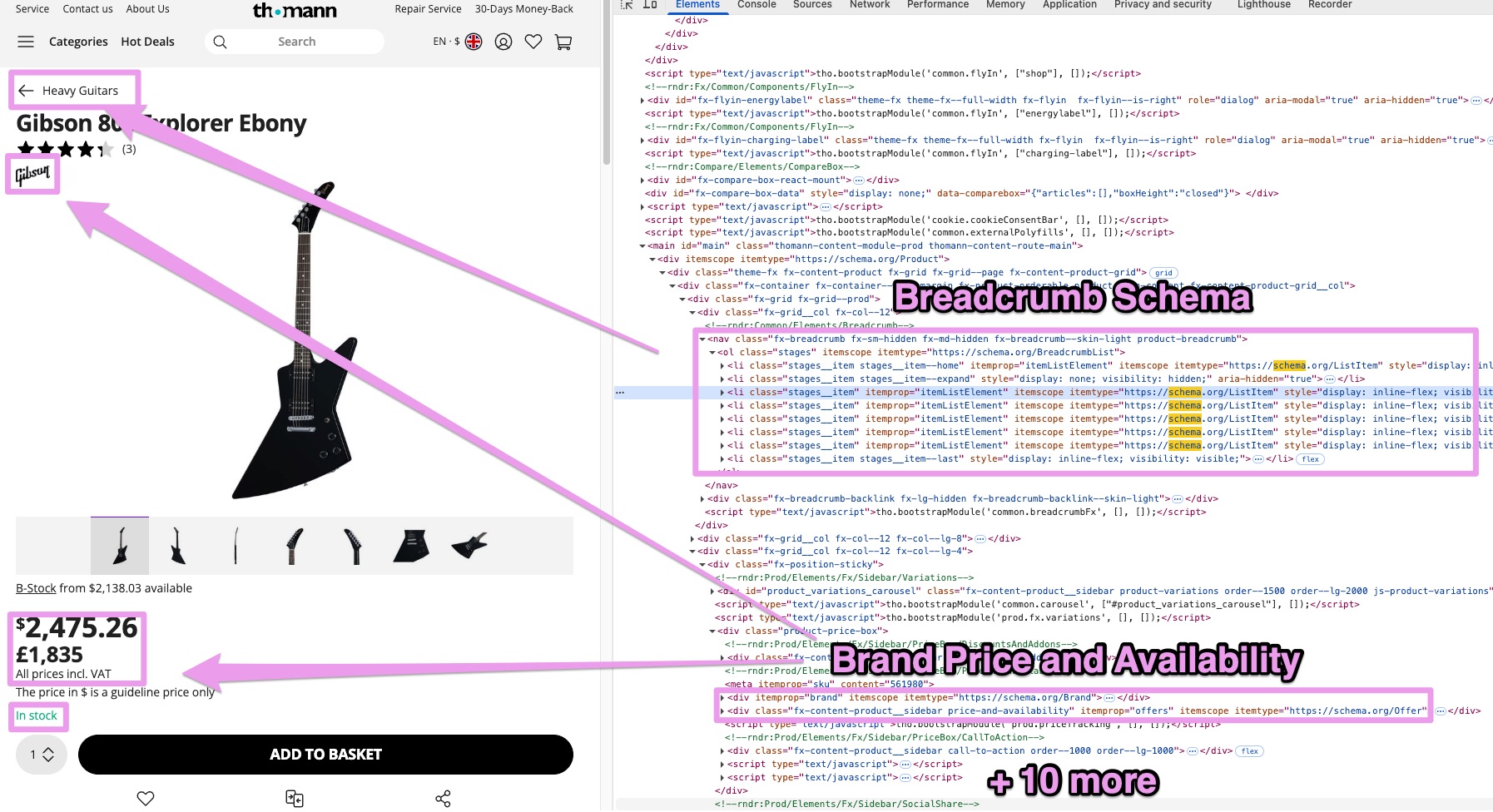For years, I focused on perfecting product data for every platform out there. Now the landscape is shifting as conversational AI like ChatGPT changes the rules.
Visibility isn’t just about links or keyword density anymore. Now, it’s about whether an AI can actually interpret and use your product information.
The old SEO hacks? Useless here. You’re not just optimizing for a search engine; you’re prepping your data for a digital assistant that interacts directly with your customers.
Why Optimizing Product Feeds for AI Is Critical
When users turn to ChatGPT or similar AI tools, those models pull product details, specs, and descriptions straight from your feeds or product pages—either through integrations or by crawling your site.
If your data is sloppy, incomplete, or unclear, your products won’t even make it into the conversation.
But if your feed is clean and well-structured, your products show up accurately in AI-driven search results and chatbot recommendations.
You control your brand’s story—even when you’re not in the room.
ChatGPT will soon let you submit product feeds directly. Sign up here to get early access. Make sure your feed is ready by using a tool like MammutAI to optimize your data.
How to Structure Product Data for AI
Here’s what matters most:
Machine-Readable Formats
Forget about beautiful landing pages. AI needs structured, predictable data formats. Your product feed is the backbone.
- Google Merchant Feed (best bet): XML or TSV—battle-tested and widely supported.
- JSON-LD & Schema.org: Useful for embedding structured data in feeds or exports.
- Industry Standards: GS1, GoodRelations, and similar frameworks eliminate ambiguity.
Essential Product Attributes
These are the core fields Google requires. Even though ChatGPT doesn’t have its own checklist yet, following these standards is your safest move.
AI assistants pull these fields directly. If you skip them or fill them poorly, your products get ignored.
Write for Both Bots and Buyers
You can’t just dump SEO-optimized blurbs into your feed. AI models don’t reward keyword stuffing—they reward clarity.
What works:
- Explain both features and benefits.
- Preemptively answer common questions (“Is it waterproof?” “Does it come in wide sizes?”).
- Use synonyms and alternative terms—think “sneakers,” “trainers,” “running shoes,” “trail shoes,” etc.
It’s about being clear and comprehensive, not gaming the system.
Add Context With Detailed Attributes
The best in-store salespeople know the details. Your feed should, too.
Include these as structured fields so AI can answer nuanced shopper questions.
Schema Markup: Nice to Have, Not Essential
Schema on your product pages helps with search engines and some AI tools, but your feed is what matters most for conversational AI. Use schema as a supplement, not a replacement.
Look at how major retailers like Thomann use extensive schema markup—aim for the same thoroughness.

Make Your Data Accessible
AI can’t recommend what it can’t access.
- Offer a documented API for real-time product data.
- Allow trusted partners or AI tools to access your feed.
- Use eCommerce plugins (like those for Shopify) to enable direct AI integration.
If your catalog is locked behind logins or paywalls, you’re invisible to AI. Open feeds and APIs solve that.
Keep Product Data Up to Date
Nothing erodes trust faster than out-of-stock or mispriced products. AI won’t hesitate to skip your listings if your data is stale.
My maintenance checklist:
- Sync inventory daily.
- Run scripts to verify product links and images.
- Audit for missing fields (CSV exports make this easy).
- Push updates everywhere—feeds, APIs, and integrations.
Outdated data means your products get ignored or, worse, misrepresented.
Test Before You Launch
Mistakes happen. Before making your feed public:
- Validate your XML, JSON, or CSV with Google Merchant Center or your eCommerce platform.
- Use browser tools to preview how bots see your feed.
- Double-check URLs and GTINs for accuracy.
- Have someone test the AI experience—do your products show up and sound right?
A/B testing with real queries is your best reality check.
Go Beyond Basics With AI-Ready Data
Some brands stop at “clean enough.” But if you want to win, go further: use semantic search and retrieval-augmented generation (RAG) to help AI answer complex product questions.
How to level up:
- Load your catalog into a vector database (like Pinecone or Weaviate).
- Include not just product specs, but real customer queries, reviews, and purchase data.
- Let AI use this data to answer nuanced questions, not just spit out specs.
This is how you build a smarter, more helpful shopping assistant.
The Bottom Line
- Structure matters: Label and organize your data for machines.
- Write for people: Use natural, clear language.
- Stay current: Keep prices, stock, and links accurate.
- Be accessible: Make your catalog available to AI via feeds or APIs.
- Feed first: Schema markup helps, but your product feed is what powers AI.
- Iterate: Test and refine based on real AI interactions.
If you want your products to be part of the next generation of digital shopping, feed optimization isn’t optional—it’s the new baseline.
Want to try the #1 AI Toolkit for SEO teams?
Our AI SEO assistants helps write and optimize everything - from descriptions and articles to product feeds - so they appeal to both customers and search engine algorithms. Try it now with a free trial→


![Product Disapprovals in Google Merchant Center [How to Fix Them]](https://cdn.prod.website-files.com/689da0db4875be384646a495/68a46dda8d01677982031ce4_product-disapprovals-in-merchant-center.jpg)

